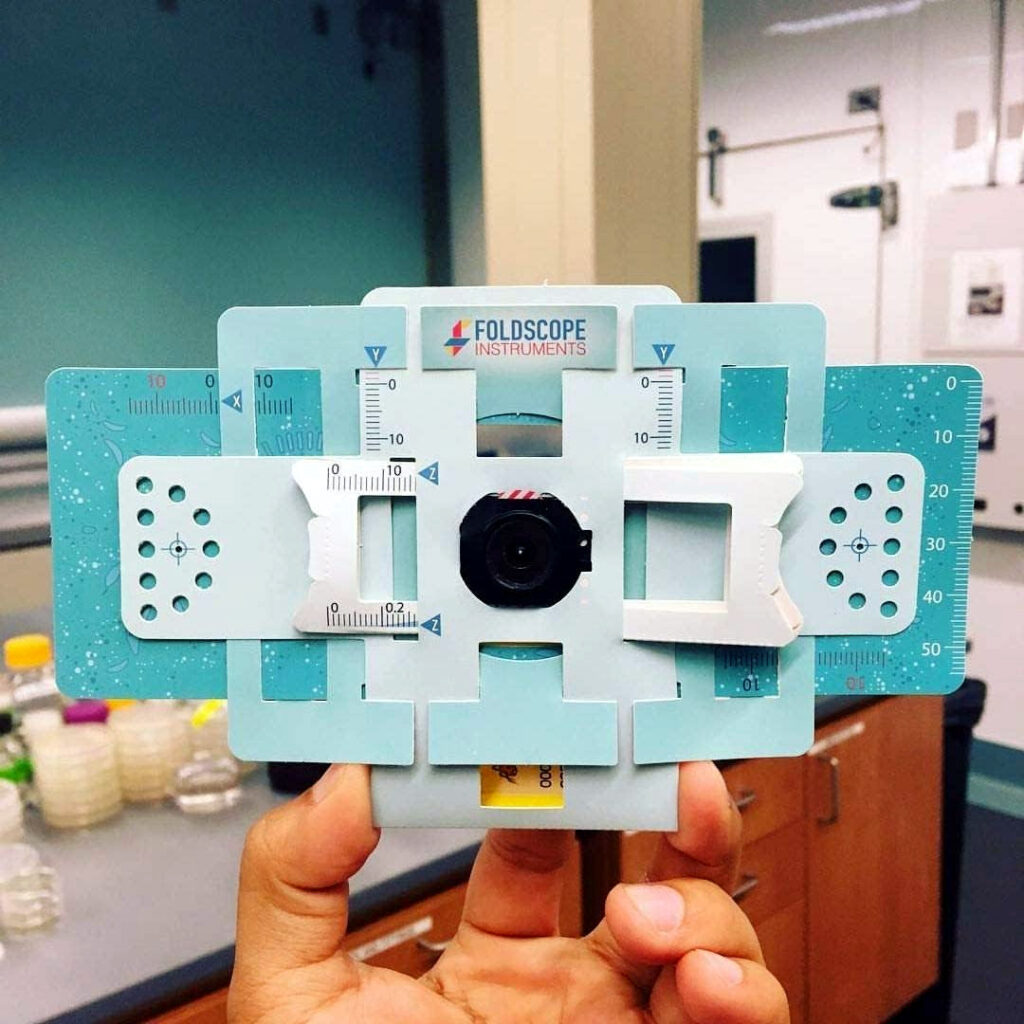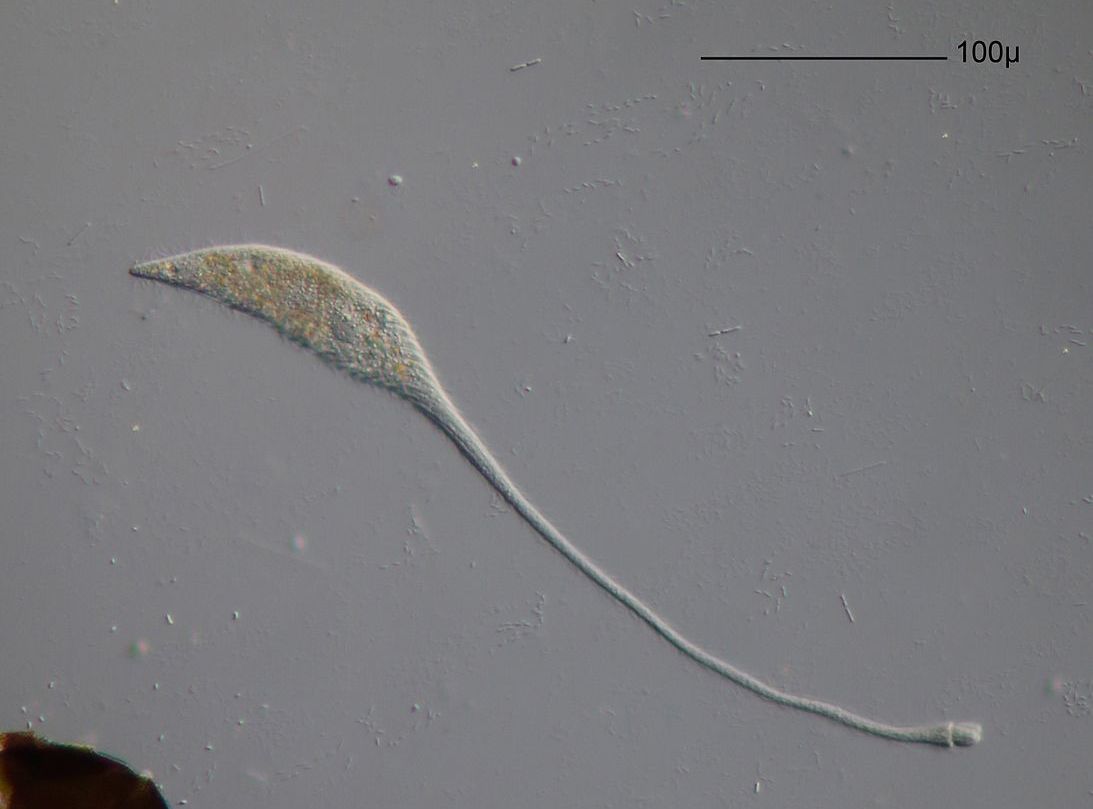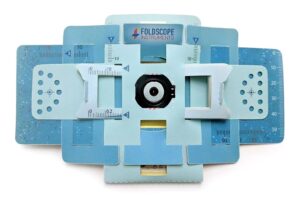Featured image: Lacrymaria olor. Picturepest, CC BY 2.0, via Wikimedia Commons
Key Takeaways
- Lacrymaria olor can extend its “neck” up to 30 times its body length in seconds.
- The organism uses a curved-crease origami mechanism for its remarkable shape-shifting ability.
- This discovery bridges biology, physics, and engineering, showcasing nature’s elegant solutions.
- “Lacrigami” could inspire innovations in medical microrobots, soft robotics, and smart materials.
- Curiosity-driven research can lead to unexpected breakthroughs with far-reaching implications.
In the microscopic realm, a single-celled predator named Lacrymaria olor is rewriting biological rules. This extraordinary organism can extend its “neck” up to 30 times its body length in mere seconds—a feat equivalent to a human stretching their neck halfway up the Statue of Liberty. But the true marvel lies not just in the extent of this stretch, but in the elegant, origami-like mechanism that makes it possible.
Table of Contents
The Marvel of Lacrymaria olor
L. olor, whose name poetically translates to “tear of a swan,” is a protist found in freshwater environments. At its normal size, it’s about 60 micrometers long—roughly the width of a human hair. However, this tiny hunter can stretch its neck-like appendage up to 1.2 millimeters to capture prey.
What’s truly astounding is the speed and frequency of this extension. L. olor can complete a full extension-retraction cycle in just 30 seconds and repeat this process over 20,000 times in its lifetime. This rapid and repeatable shape-shifting ability is unparalleled in the biological world, especially for a single-celled organism.
The Origami Connection: Nature’s Ingenious Design
The secret behind L. olor’s remarkable ability lies in a principle familiar to anyone who’s ever folded a paper crane: origami. Researchers Eliott Flaum and Manu Prakash from Stanford University spent seven years unraveling this mystery. Their groundbreaking study, published in Science in June 2024, reveals that L. olor’s cell membrane is intricately folded into a series of pleats, much like the folds in origami.
Curved-Crease Origami: The Key to Extreme Extension
L. olor’s neck extension utilizes a specific type of origami called curved-crease origami. Unlike straight folds that can be partially unfolded to any angle, curved creases exhibit bistability. This means they can pop between completely folded and unfolded states with minimal energy expenditure.
The cell membrane of L. olor contains 15 helical pleats, stabilized by bands of microtubules. These pleats unfold in a precise, controlled sequence, allowing the neck to extend rapidly without tangling. When it’s time to retract, the pleats fold back neatly into place. This intricate system allows for the rapid and repeatable shape changes observed in L. olor.
The Mechanics of Microscopic Morphing
The extension process of L. olor can be broken down into four main steps:
- Initiation: Cilia (tiny hair-like structures) at one end of the organism start the unfolding process.
- Unfolding: The helical pleats begin to unfold, one point at a time.
- Extension: As the pleats unfold, the neck extends outward.
- Retraction: The process reverses, with the pleats folding back into their original position.
This entire cycle happens in seconds, allowing L. olor to be an efficient predator in its microscopic world. The speed and precision of this process are what make L. olor’s ability so remarkable.
From Curiosity to “Lacrigami”: The Research Journey
A Serendipitous Discovery
The story behind the discovery of L. olor’s origami-like mechanism is as fascinating as the organism itself. It all started when Manu Prakash, an associate professor of bioengineering at Stanford University, stumbled upon L. olor while using his invented paper Foldscope—a low-cost microscope. This chance encounter sparked a seven-year journey of investigation.
Advanced Microscopy Techniques
To unravel the mystery of L. olor’s neck extension, Prakash and his graduate student Eliott Flaum employed a combination of advanced microscopy techniques:
- Fluorescence Microscopy: This method allowed them to visualize the helical cytoskeletal filaments and pleated membrane structures within the cell.
- Transmission Electron Microscopy: This technique provided detailed images of the cell’s internal structure, revealing the intricate arrangement of microtubules and membrane folds.
The Birth of “Lacrigami”
In a creative twist, Flaum and Prakash turned to arts and crafts to better understand L. olor’s folding mechanism. They created paper models of the cell’s structure, dubbing their creation “Lacrigami.” This hands-on approach proved invaluable, allowing the researchers to physically demonstrate how the curved pleats enable the membrane to extend and retract without tangling.
The paper models weren’t just a fun diversion—they provided crucial insights that even the most advanced microscopy techniques might miss. By manipulating the paper structures, the researchers could better understand the mechanical principles at play in L. olor’s remarkable shape-shifting ability.
The Power of Recreational Biology
Prakash and Flaum’s approach to studying L. olor embodies what they call “recreational biology”—a blend of serious scientific inquiry and playful exploration. This mindset allowed them to pursue a seemingly esoteric question for years, ultimately leading to a groundbreaking discovery.

The Significance and Future of “Lacrigami”
Biological Insights
This discovery illuminates how single-celled organisms can achieve complex movements without muscles or a nervous system. It showcases nature’s elegant solutions to mechanical challenges, potentially revealing similar mechanisms in other microorganisms.
Engineering and Technological Applications
The principles observed in L. olor could inspire groundbreaking innovations in various fields:
- Medical Microrobots: Imagine tiny devices navigating through blood vessels, extending and retracting to perform minimally invasive surgeries or deliver targeted treatments.
- Soft Robotics: The folding mechanism could lead to more efficient, flexible robots capable of navigating complex environments.
- Aerospace Engineering: Deployable structures in spacecraft could use similar principles to unfold large solar panels or antennas from compact forms, optimizing space and weight during launches.
- Smart Materials: We might develop materials that change shape and properties on demand, mimicking L. olor’s rapid morphing ability.
Biomimicry and Interdisciplinary Research
L. olor’s structure exemplifies biomimicry—the practice of emulating nature’s time-tested strategies to solve human problems. This discovery opens up new avenues for collaboration between biologists, physicists, and engineers.
As research continues, we may uncover similar mechanisms in other microorganisms, potentially spawning a new field at the intersection of biology, physics, and engineering. The “Lacrigami” principle could become a cornerstone in designing microscale “living machines” that transform fields from medicine to space exploration.
Conclusion: Nature’s Origami Lesson
The story of Lacrymaria olor is a testament to the wonders that exist in the microscopic world around us. It reminds us that nature, through millions of years of evolution, has developed solutions to complex problems that we’re only beginning to understand.
As we continue to unravel the secrets of the natural world, from the tiniest single-celled organisms to the most complex ecosystems, we’re bound to discover more amazing examples of “natural technology” that can inspire human innovation.
L. olor teaches us that sometimes, the biggest ideas come in the smallest packages—and that there’s always more to learn. Its story serves as a powerful reminder of the value of curiosity-driven research and the unexpected ways in which nature can inspire technological breakthroughs.




